30 New Species Have Been Discovered In the Deep Sea Expedition
A little has known to us about the deep sea areas, which makes us reveal a great number of species when a deep-sea expedition is carried out. A recent expedition in Western Australia Ningaloo
Canyons have yielded some exciting finds. Conducted by
scientists from the Western Australian Museum, Curtin University, Geoscience
Australia, Scripps Institute of Oceanography and Schmidt Ocean Institute.
Over the course of 20 dives and 140 hours, the expedition has revealed 30 new species in the Ningaloo Canyons of the Indian Ocean under the depths of 4500 m.
The Expedition was carried using a robot called ROV SuBastian, which documented a huge array of sea creatures. Including glowing Taning’s octopus squid, long-tailed sea cucumbers, barnacles, squat lobsters, and other molluscs. A giant hydroid of the coral relative with bright red color which stood well over 1m.
The camera has also found a massive, swirling siphonophore which is 154 feet in length greater than the lengths of a blue whale. This new specimen of Apolemia is a siphonophore, which is a floating colony of tiny creatures related to jellyfish and corals called zooids. Specialized clones come together to form a single entity and perform fascinating functions such as capturing food, reproduction, and propulsion.
Here are some of the high-resolution images were taken by the rover
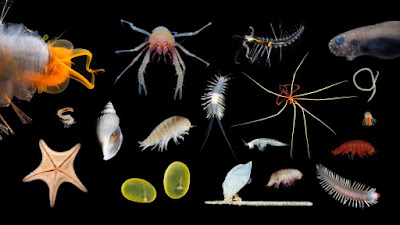
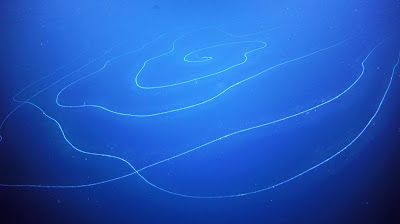

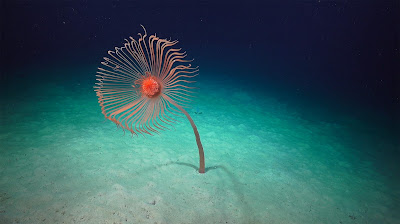

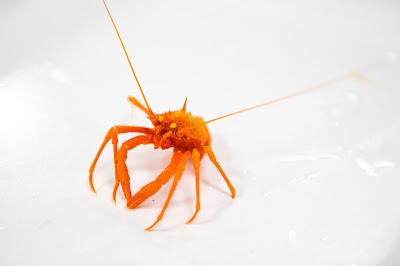

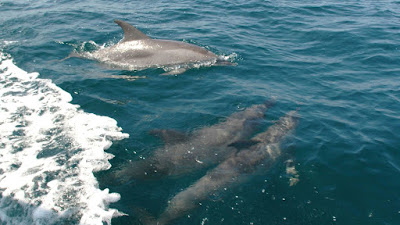
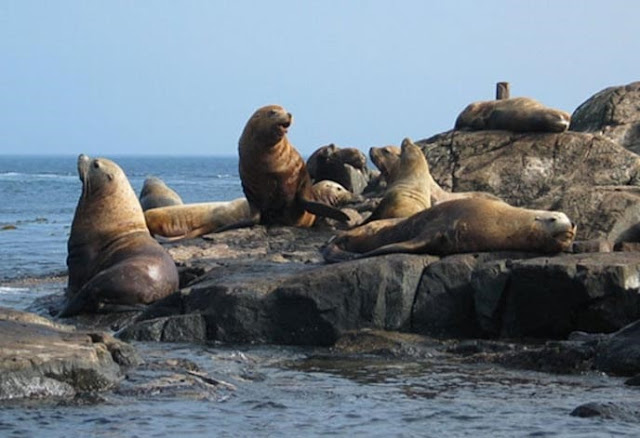

Comments